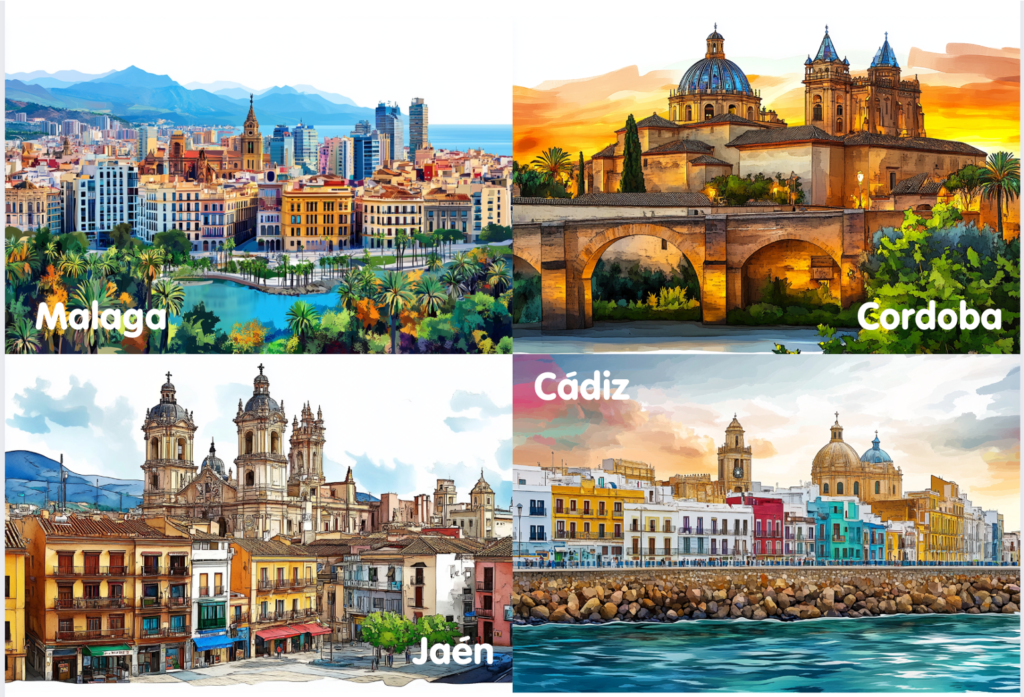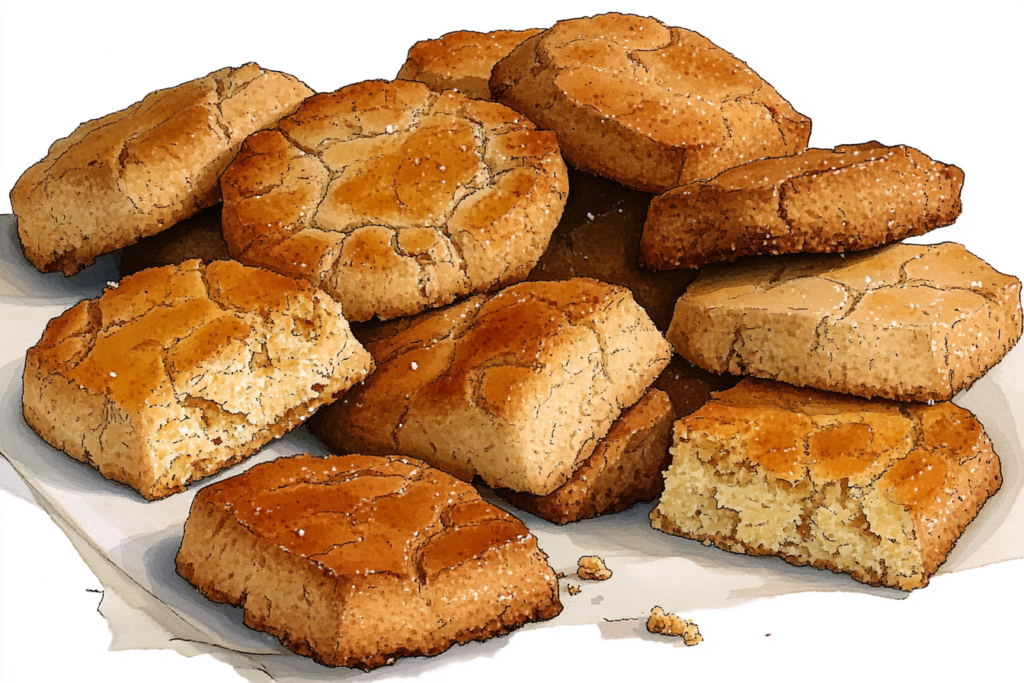
A Culinary Legacy Shaped by History
The region’s culinary identity was shaped by centuries of Moorish rule, which introduced ingredients like almonds, citrus, saffron, and spices. The Christian Reconquista and the subsequent Columbian Exchange brought New World staples—tomatoes, peppers, potatoes—that now define Andalusian cooking. This fusion is evident in dishes like gazpacho, a chilled soup that marries Moorish bread-thickened soups with American tomatoes, and espinacas con garbanzos, a humble yet flavourful chickpea and spinach stew with clear North African roots.

From Coast to Countryside: Geography on a Plate
Andalusia’s geography dictates its flavours. Coastal towns like Cádiz and Málaga, for example, excel in pescaíto frito (mixed fried fish) and espetos (sardines grilled on bamboo skewers). Meanwhile, inland cities such as Córdoba and Jaén tend to favour heartier fare like rabo de toro (oxtail stew) and flamenquín (ham-stuffed pork rolls). The region’s olive oil, some of the world’s finest, is drizzled liberally over everything, from cold soups to fish stews like Bouillabaisse.


Tapas: The Heart of Andalusian Dining
Tapas culture is Andalusia’s greatest culinary gift. In Granada, bars still serve free tapas with drinks—ranging from a simple bowl of olives to patatas bravas or albóndigas (meatballs). Seville, meanwhile, offers more refined versions, like huevos a la flamenca (baked eggs with chorizo) or carrillada (slow-braised pork cheek). The beauty of Andalusian tapas lies in their variety and informality; a meal can be a few shared plates or a full-blown feast.




Sweet Endings: Moorish Influences in Desserts
The Moors’ sweet tooth lives on in Andalusian desserts. Pestiños (honey-glazed fritters), torrijas (Spanish French toast), and piononos (custard-filled pastries from Granada) showcase the region’s love for honey, almonds, and fried dough. Even breakfast leans sweet, with tostada con tomate (toast with crushed tomato and olive oil) sometimes accompanied by mantecados (crumbly lard cookies).
Sherry: The Liquid Soul of Andalusia
Sherry, Andalusia’s signature fortified wine, is inseparable from its food. From bone-dry fino to syrupy Pedro Ximénez, these wines pair perfectly with tapas. A glass of chilled manzanilla with salty jamón ibérico or a rich oloroso with mojama (cured tuna) is a lesson in balance.
Modern Reinventions, Timeless Traditions
Modern chefs are reinterpreting classics—deconstructing gazpacho, infusing salmorejo with Asian flavours, or serving ajo blanco as a foam. Yet, the soul of Andalusian cuisine remains unchanged: it’s about quality ingredients, bold contrasts (sweet honey with salty ham, cold soup with fiery summer heat), and the joy of sharing.
The Uncomplicated Joy of Andalusian Food
After years of eating my way through Andalusia, I’ve learned that its food isn’t about complexity—it’s about immediacy. A perfect boquerón en vinagre (vinegar-marinated anchovy), a slice of torta de aceite (crisp olive oil pastry), or a sip of sherry in a Jerez bodega captures the essence of this place better than any elaborate dish could. Andalusian cuisine doesn’t try to impress; it simply satisfies, one vibrant bite at a time.






